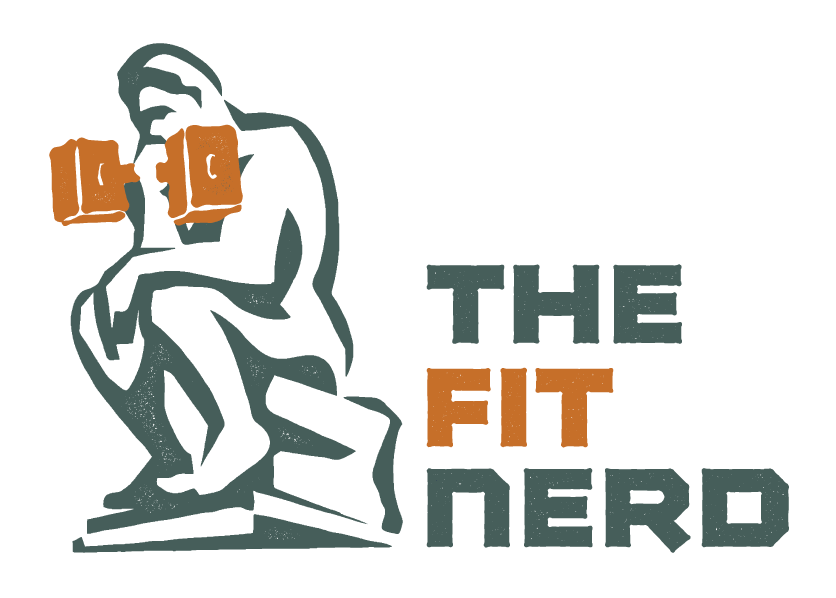Finding time for an exercise daily routine feels impossible when your calendar is packed with back-to-back meetings and endless responsibilities. Whether you're a busy professional, parent, or both, the thought of fitting in a workout might seem like wishful thinking.
However, research shows that even short bursts of physical activity can significantly impact your health and energy levels. In fact, learning how to incorporate exercise into your daily routine doesn't require hours at the gym or elaborate equipment. This guide reveals practical strategies to transform spare moments into effective workout opportunities, helping you stay fit despite your demanding schedule.
Master the Science of Time-Efficient Exercise
The science behind efficient exercise reveals that you don't need lengthy gym sessions to see results. According to research, high-intensity interval training (HIIT) can deliver significant benefits in just 10 minutes of intense exercise within a 30-minute session 1 .
Your body's performance peaks at different times throughout the day. Specifically, afternoon workouts have shown to reduce the risk of heart disease more effectively than morning or evening sessions 2 . Additionally, your body demonstrates optimal muscle function and strength during late afternoon and early evening 2 .
For strength training, here's what research recommends for busy individuals:
- Perform one weekly session focusing on multi-joint movements 3
- Complete 4 weekly sets per muscle group using 6-15 repetitions 4
- Prioritize exercises like squats, pull-ups, and bench press 4
Furthermore, both high-intensity and low-intensity workouts offer unique benefits. HIIT workouts can help burn visceral fat and continue calorie burning even after exercise 1 . On the other hand, low-intensity steady-state cardio is ideal for beginners or those recovering from injury 5 .
Importantly, the most effective workout time is when you can consistently commit to it. Morning exercises may boost metabolism and improve brain function 6 , while evening workouts can help relieve daily stress 7 . The key is choosing a time that aligns with your energy levels and schedule 8 .
Transform Daily Tasks into Exercise Opportunities
Looking to squeeze more movement into your packed schedule? Your daily routine already contains numerous opportunities for exercise - they just need a slight adjustment in approach.
Research shows that adults who commute actively have significantly lower body mass index and body fat percentage compared to car users 9 . Consequently, your daily commute presents an excellent opportunity to incorporate movement. Consider getting off public transport a few stops early or parking farther from your workplace.
Moreover, workplace activities offer multiple chances for movement. Studies indicate that just five minutes of movement every half hour can offset the harmful effects of prolonged sitting 10 . Here are some ways to add movement to your workday:
- Take the stairs instead of the elevator
- Complete quick desk exercises during phone calls
- Stand during meetings or while checking emails
- Walk to colleagues' desks instead of sending messages
Particularly effective is the practice of combining movements into complex exercises. Full-body training proves more efficient both from a time perspective and a functional standpoint 11 . Likewise, household chores can become workout opportunities when done at a brisk pace.
Straightaway start monitoring your daily activities - research indicates that even splitting exercise into short 10-minute segments throughout the day can significantly impact your fitness goals 12 . By viewing every task as a potential exercise opportunity, you'll find yourself naturally moving more without sacrificing precious time.
Create a Sustainable 15-Minute Exercise Framework
Building a sustainable exercise routine starts with understanding progressive overload - the principle of gradually increasing workout intensity over time 13 . Initially, focus on mastering proper form before adding complexity to your movements.
Here's a simple yet effective 15-minute framework that fits into any schedule:
- Start with 5 basic exercises (10-12 reps each) 14
- Perform exercises in circuit style
- Complete 2-3 rounds
- Rest 1-2 minutes between rounds 14
- Track progress to maintain motivation
Certainly, the key to sustainability lies in gradual progression. Research shows increasing workout intensity by no more than 10% weekly helps prevent injury while maximizing results 15 . Generally, you should be able to complete 10-12 repetitions comfortably before advancing to more challenging variations 13 .
Soon, you'll notice improvements in strength and endurance. Undoubtedly, the most effective approach is to master basic movements first - this creates a solid foundation for future progress 13 . For optimal results, allow 48 hours between strength sessions, giving your body adequate time to recover and rebuild 13 .
Remember to adjust the framework based on your fitness level. If you're just starting, even 2-3 weekly sessions of this 15-minute routine can lead to noticeable improvements 14 . As your strength increases, you can progress by adding more repetitions, decreasing rest periods, or incorporating more challenging exercise variations 15 .
"Certainly, the key to sustainability lies in gradual progression. Research shows increasing workout intensity by no more than 10% weekly helps prevent injury while maximizing results."


Summing It Up
Staying fit despite a packed schedule becomes achievable through strategic planning and smart exercise choices. Research proves that brief, focused workouts deliver significant health benefits, especially when combined with daily movement opportunities.
Rather than viewing exercise as another task on your to-do list, think of it as natural part of your daily routine. Simple actions like taking the stairs or completing desk exercises add up throughout the day. The 15-minute framework offers a practical starting point, while progressive overload ensures steady improvement without overwhelming your schedule.
Remember that consistency matters more than perfection. Start with manageable changes, whether that means morning stretches, lunchtime walks, or evening strength training. Though your available time might be limited, your potential for better health and increased energy remains unlimited. Small steps today lead to significant results tomorrow.
